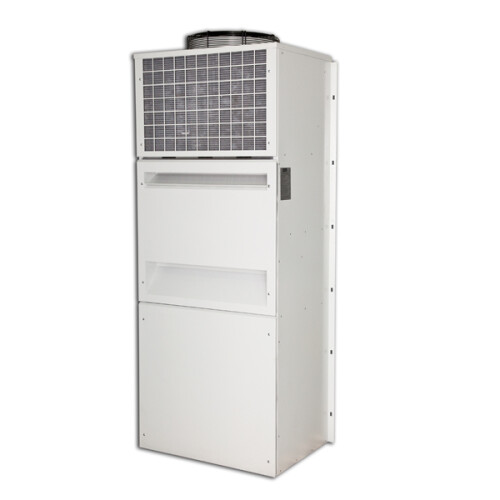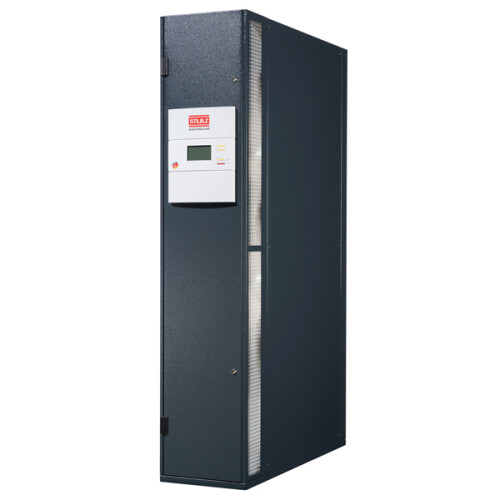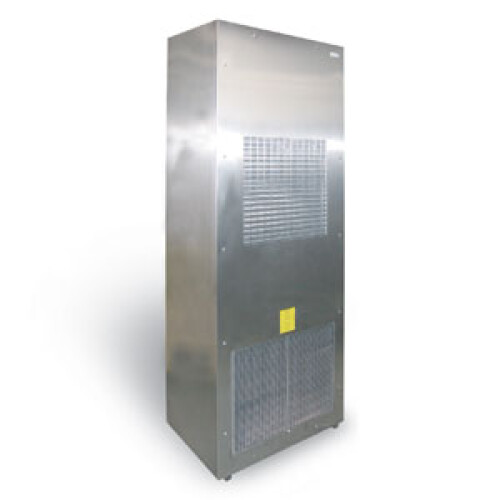Split and Compact Air Conditioners
Split air conditioners: a complete guide
Split air conditioners are a key solution for businesses that need to climatise large commercial, industrial, and service spaces. This guide provides an in-depth look at their features and advantages.
Features of split air conditioners
A split air conditioner consists of an indoor and an outdoor unit. The indoor unit distributes cooled or heated air, while the outdoor unit houses the compressor and other essential components.
These systems are ideal for large environments, offering greater cooling and heating capacity compared to domestic models.
What are the main advantages of split air conditioners?
- High cooling capacity: Split air conditioners provide superior cooling power, making them ideal for demanding environments such as factories, large offices, and warehouses. Their power is measured in BTU/h or tonnes of refrigeration, ensuring rapid and even cooling.
- Energy efficiency: Many industrial models are designed to be energy efficient, reducing operational costs and environmental impact. Systems equipped with inverter technology and high energy ratings offer optimal performance with lower consumption.
- Reliability and durability: Built to withstand harsh operating conditions, split air conditioners are designed for long-lasting performance, minimising downtime and maintenance costs. This reliability is crucial for businesses that rely on a consistent indoor climate.
- Customisation and scalability: These systems can be customised to meet specific needs, and their modularity allows for scaling the system according to business growth or changing climate requirements.
Technologies in split air conditioners
When selecting a split air conditioner, it is essential to assess the required cooling capacity for the space. This depends on room size, insulation, number of occupants, and other heat sources.
Additionally, choosing models with high SEER (Seasonal Energy Efficiency Ratio) or EER (Energy Efficiency Ratio) ratings can significantly reduce operating costs. More energy-efficient models may require a higher initial investment but offer long-term savings.
Air conditioners with inverter technology provide more precise temperature control and improved efficiency, reducing energy waste.
The integration of these systems with automation and remote control solutions enhances energy management and ease of use.
Features such as smartphone control and weekly programming enable optimal indoor climate management.
Installation and maintenance
Split air conditioner installation must be carried out by specialised technicians to ensure safe and efficient operation. The outdoor unit should be positioned to optimise heat dissipation and minimise noise impact.
Regular maintenance is essential to keep the system running efficiently. Cleaning filters, checking electronic components, and verifying refrigerant levels are necessary periodic tasks to prevent failures and maintain performance.














